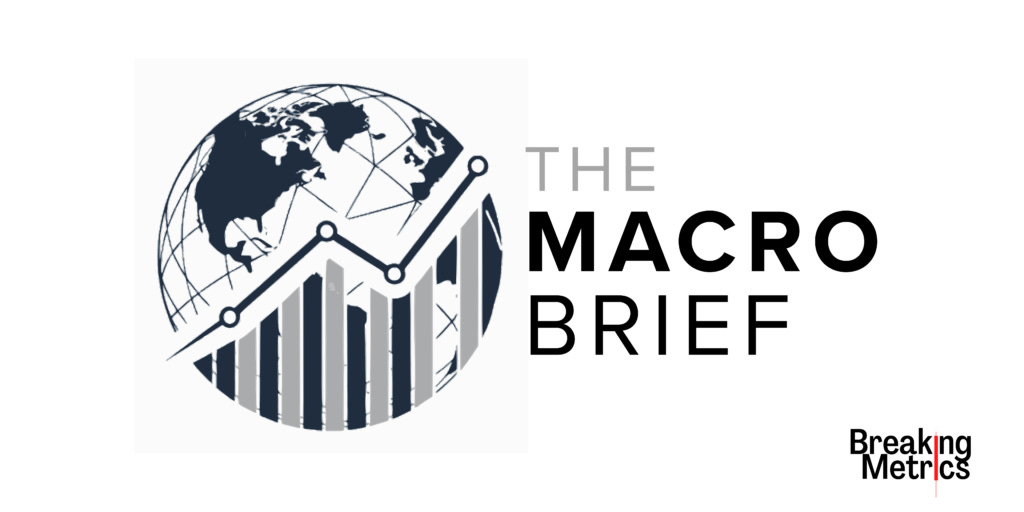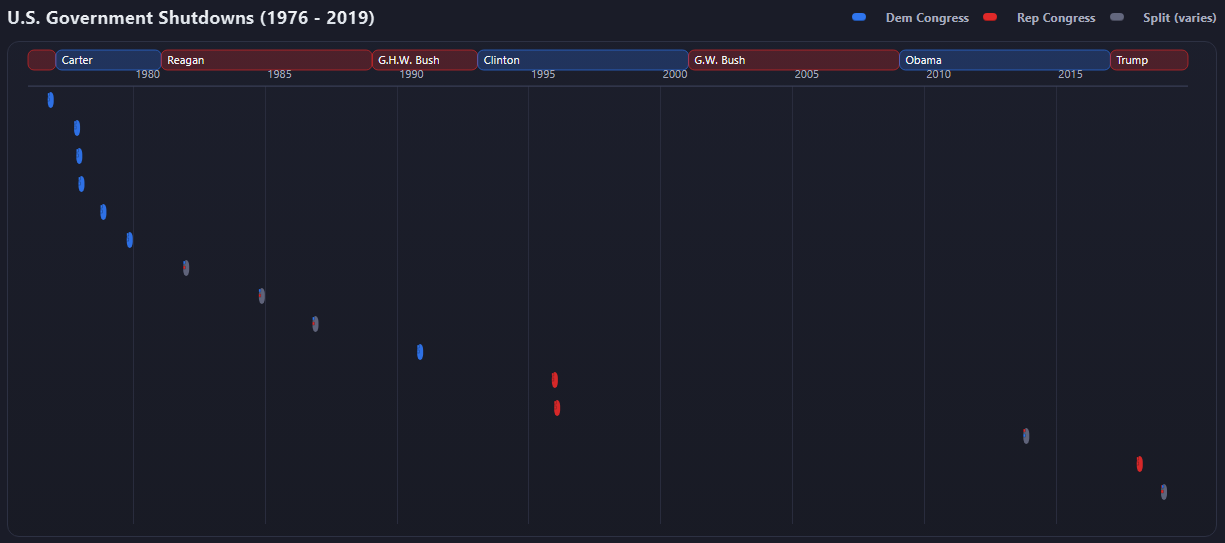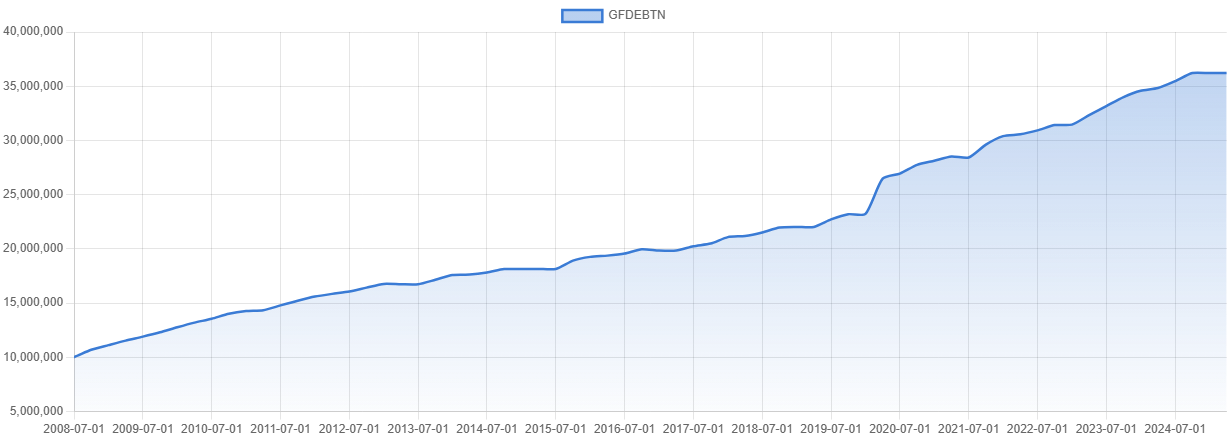🧭 Overview
Washington may be closed for business, but Wall Street barely noticed. The government shutdown—now entering its second week—has done little to dent investor confidence. Stocks hover near record highs, tech megacaps lead gains, and volatility remains historically low.
It’s a striking divergence between political paralysis and market calm, raising the question: how long can this disconnect hold?
🧾 Inside This Edition
The Shutdown Economy: What’s really stopped — and what’s still running.
Markets Shrug, Investors Rotate: Why Wall Street keeps climbing through chaos.
The Psychology of Shrugging: How decades of fiscal standoffs trained investors to ignore D.C.
The Slow-Burn Risk: When a prolonged shutdown starts to hit growth and confidence.
Political Optics & Policy Spillover: The power plays shaping fiscal credibility.
The Macro Math: Updated market data, yields, and sentiment in one snapshot.
Outlook — Calm Before the Data Storm: Why the next few weeks could flip the narrative fast.
⚙️ The Shutdown Economy: What’s Really Frozen
While headlines suggest a national halt, the reality is more nuanced.
Roughly 2.2 million federal employees and 1.3 million contractors are impacted, but only a portion are furloughed. “Essential services” — from Medicare to air traffic control — continue operating, muting the broader hit.
What has stalled is information flow.
The Bureau of Labor Statistics and Census Bureau have paused data releases.
Key reports like CPI, retail sales, and employment are delayed.
The Federal Reserve now operates with partial visibility, forcing policymakers to fly blind into the next FOMC meeting.
In short, the shutdown is less an economic freeze and more a data blackout.
Keep reading with a 7-day free trial
Subscribe to Breaking Metrics to keep reading this post and get 7 days of free access to the full post archives.




